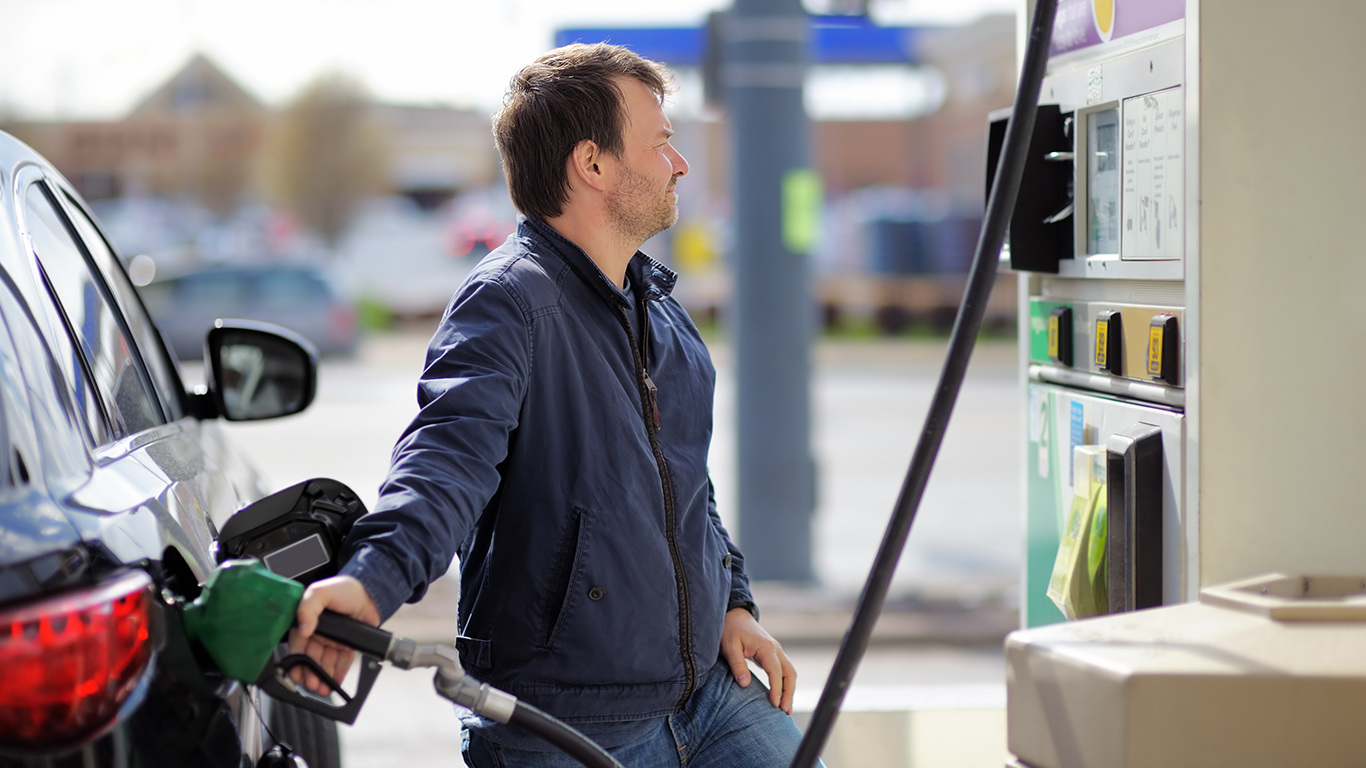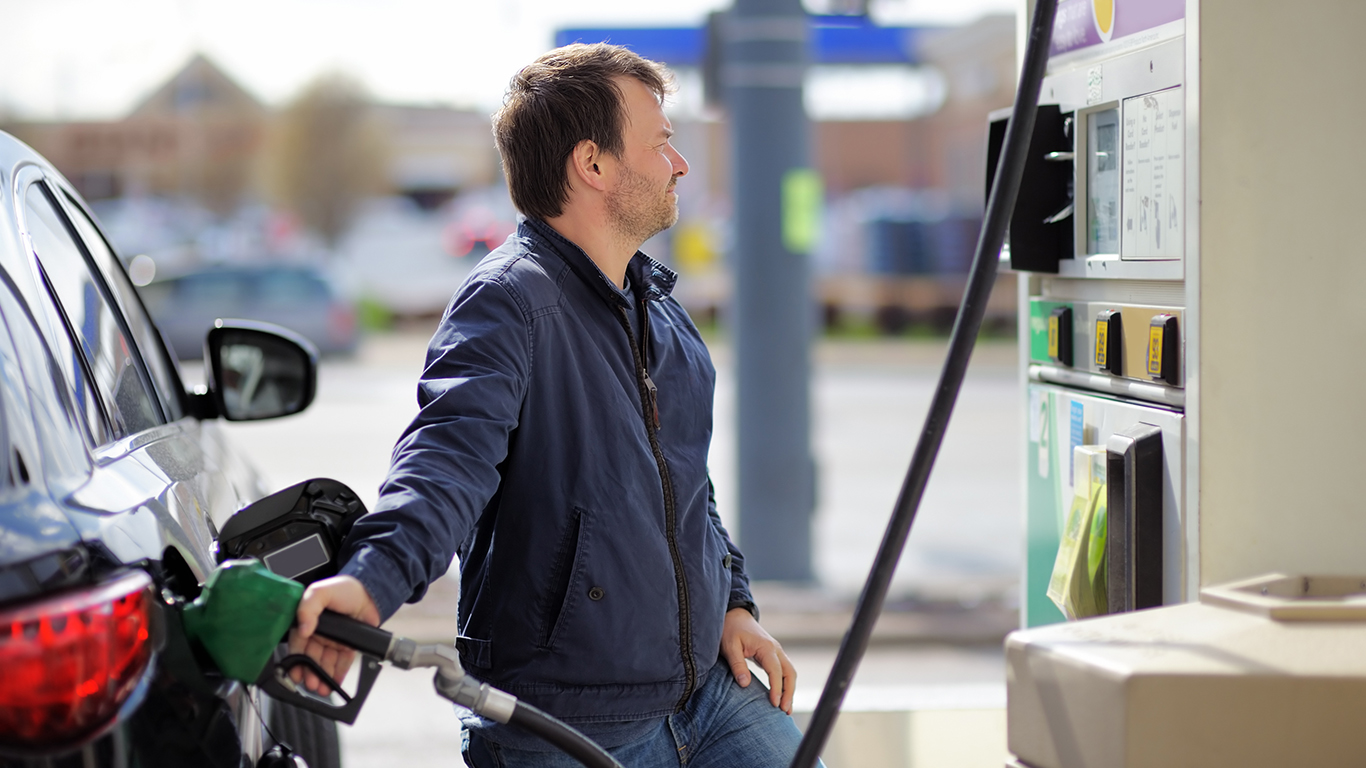
U.S. retail gasoline pump price increases fell by 1.6 cents last week to a national average of $2.81 for a gallon of regular gas. Crude oil dropped by about 14% in May and the price of crude makes up the largest portion of the price of gasoline. Continuing trade tensions and rising U.S. inventories are tamping down prices.
Futures and options traders have speeded up dumping their long positions in major petroleum contracts but with longs still outpacing shorts by about 5 to 1. In January, the long-to-short ratio was just 2 to 1.
Patrick DeHaan, GasBuddy’s head of petroleum analysis, commented, “The national average has fallen for its fourth straight week, probably not something motorists would associate with the start of the summer driving season. More impressively is the surprise that may soon hit some motorists: the nation’s cheapest gas prices may soon fall back under $2 per gallon as oil prices have plummeted …”
DeHaan continued, “While there may be volatility and a return to higher prices should Trump make a deal to avoid tariffs on both [China and Mexico], for now, it’s going to be a big win at the gas pump with prices in most areas likely to fall notably in the week ahead.”
Retail gas prices dipped in most states last week. The most common price for a gallon of regular gas was $2.79 a gallon, higher than the prior week due to big increases in the Midwest due to flooding. Gas at the most expensive 10% of U.S. gas stations averaged $3.82 while prices at the least expensive 10% of gas stations averaged $2.30. The median price at all stations was $2.70.
At the same time last month, gas prices averaged $2.89, about 7 cents above the current price. A year ago the national average price was about $2.97, 15 cents higher than the most recent price.
California drivers are paying $3.99 on average for a gallon for gas this morning (down 7 cents week over week), with drivers in Hawaii ($3.77), Alaska ($3.49), Nevada ($3.48), and Washington ($3.46) rounding out the five states with the highest prices. Drivers in Oregon, Arizona, Utah, and Idaho, are also paying more than $3 a gallon.
At the other end of the spectrum, drivers in Mississippi ($2.37), Louisiana ($2.38), Alabama ($2.40), South Carolina ($2.42), and Arkansas ($2.45) are paying the least for gas.
WTI crude oil for July delivery traded up about 0.1% in the mid-afternoon Tuesday at $53.57 while Brent for July delivery traded at $64.49, down about 3.6%. The price differential (spread) between front-month WTI and Brent crude is now around $10.92 a barrel, $1.43 cents wider than a week ago.
Is Your Money Earning the Best Possible Rate? (Sponsor)
Let’s face it: If your money is just sitting in a checking account, you’re losing value every single day. With most checking accounts offering little to no interest, the cash you worked so hard to save is gradually being eroded by inflation.
However, by moving that money into a high-yield savings account, you can put your cash to work, growing steadily with little to no effort on your part. In just a few clicks, you can set up a high-yield savings account and start earning interest immediately.
There are plenty of reputable banks and online platforms that offer competitive rates, and many of them come with zero fees and no minimum balance requirements. Click here to see if you’re earning the best possible rate on your money!
Thank you for reading! Have some feedback for us?
Contact the 24/7 Wall St. editorial team.
 24/7 Wall St.
24/7 Wall St.


